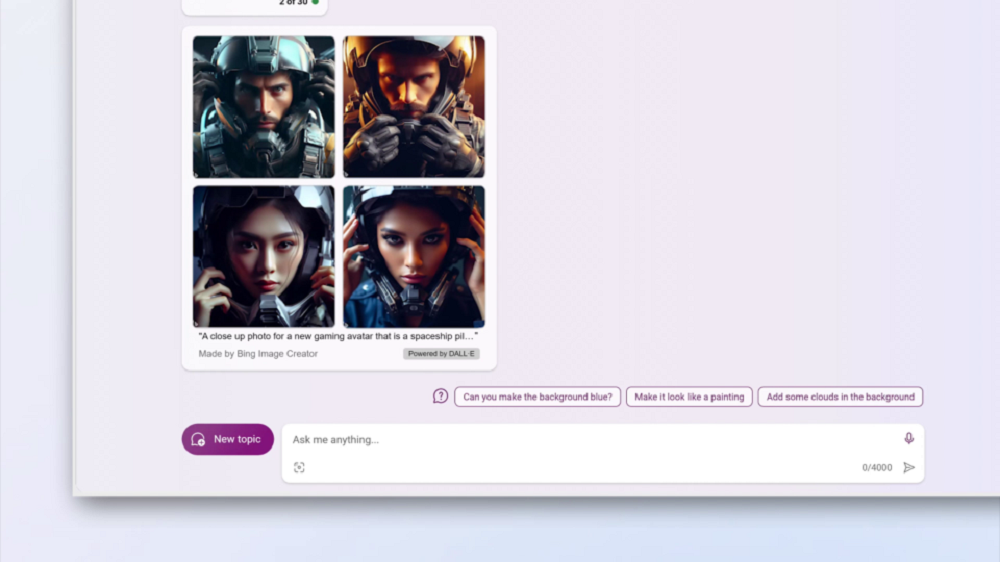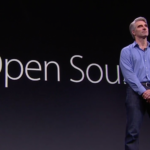Microsoft has announced numerous new generative AI features for multiple products at its September event today. Bing’s image creator is going to be integrated with DALL-E 3, the company announced, without sharing the exact timeline of the launch. The announcement comes just a day after OpenAI revealed the third version of its AI image generator.
All the AI images generated using Bing will have an invisible digital watermark, which will also feature the time and date of creation.
“DALL-E 3 delivers a huge leap forward with more beautiful creations and better renderings for details like fingers and eyes. It also has a better understanding of what you’re asking for, which results in delivering more accurate images,” stated Microsoft in a statement.
(The results from DALL-E 3 confirm that it does indeed generates more accurate images, at least when compared to Midjourney’s latest version, 5.2).
DALL-E 3, which has been natively integrated into ChatGPT, will be rolled out to ChatGPT Plus and Enterprise customers in the coming weeks. It is safe to assume that the Bing launch will follow this release. Bing Image Creator will continue to remain free even after DALL-E 3 integration. It currently allows users to create up to 25 images per day. It is not immediately clear if the limits will change after the rollout of DALL-E 3 powered image creator.
DALL-E 3 is gonna be made available inside of Bing Chat for free 👀
— Nick St. Pierre (@nickfloats) September 21, 2023
ChatGPT users, however, will need to pay for access if they wish to create images using DALL-E 3 within the chatbot, as OpenAI is making it available for Plus and Enterprise users only for now. The ChatGPT Plus subscription currently costs $20 per month. The AI firm has not shared any details on when DALL-E 3 will become available to free users of the chatbot.
Microsoft is also adding Microsoft Designer, a Canva-like web app for design, which was introduced earlier this year, into Bing, to make editing images easier.
Bing, following Google’s recent introduction of personalization features to Bard through extensions earlier this week, is now taking a similar step, albeit on a smaller scale. The chatbot, will use chat history of the users to provide them with tailored responses. Microsoft explained this with an example. Microsoft illustrated this with an example, stating, “If you’ve used Bing to track your favorite soccer team, next time you’re planning a trip, it can proactively tell you if the team is playing in your destination city.”
The users will have the option to disable this feature in the Bing settings.
Microsoft has also announced Copilot for Microsoft Shopping, which will soon be available in Bing, offering users a quicker way to find online shopping items. When a user ask for information about a product on Bing, the chatbot will prompt additional questions and use the responses to provide personalized recommendations, aimed at helping users secure the best prices. The users will also have the option to initiate their shopping journey in Bing by using a photo as a starting point.
All these features will also be integrated into Microsoft Edge, as Bing Chat can be accessed within the browser’s sidebar.






